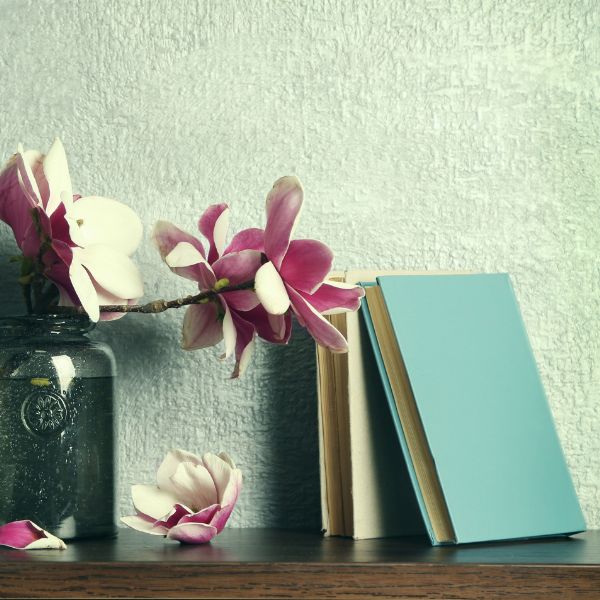This month, among other spring blooms that have inspired perfumers, we’re focusing on the stop-in-your-tracks beauty of magnolia. From our initial edit of some favourite magnolia-centric scents we simply can’t get enough of right now, to later features exploring the differing delicate (and sometimes surprising) aroma facets that can be coaxed from those magnificent blooms; today’s topic takes a look at some of the fascinating myths and history that surround this ancient flower…
Named after a renowned French botanist, Pierre Magnol, who first came up with the ingenious concept of classifying flora into ‘plant families’, the flowering of the magnolia tree has to be one of the most outrageous shows in nature – those fat fists of buds suddenly bursting and producing saucer-sized, chalice-like blooms that have so often stopped me in my tracks to gasp at their audacity.
Originating in both Asia and the Americas, there are around 200 different species, and they’re thought to be one of the most ancient flowering plants, dating back to prehistoric times: as we noted in our first magnolia feature, it’s kind of mind-blowing to realise that dinosaurs could have sniffed their blooms – though not yet been able to daub themselves in the scent, poor things.
The secret of a magnolia’s aroma is found in their thick, waxy ‘tepals’ (a primitive combination of petals and sepals), where chemical scent compounds including the citrus-y smelling linalool (a naturally occurring terpene alcohol) are exuded. As Judith Adam exclaims in the blog gardenmaking.com, ‘Creamy magnolia blossoms in the crisp spring air are the fulfilment of a gardener’s winter dream,’ and the very temperature of the air can dramatically alter the aroma of a magnolia’s blossom. ‘Consequently,’ she explains, ‘magnolias can smell like sweet candy, spicy verbena, tart lemon, citrus-honey or dusty violets.’
In ancient China, magnolias were symbolic of womanly beauty and gentleness, of nobility and dignity, and an Emperor might graciously deign to gift you a magnolia as a sign of great respect; while in the American South, bridal bouquets often contained magnolias, thought to emphasise the bride’s purity. But this innocent side of magnolia’s charm is juxtaposed by their more potently sensual charms…
The beauty of the magnolia blooms has historically been a popular image for artists to attempt to capture, and pioneer photographer Imogen Cunningham became famous (one might even say infamous) in the early 1920s for her close-up images of magnolias – her work often tut-tutted at over teatime gossip that her floral photos were overtly sexual, focusing as they did on the rather phallic arrangement of stamen and petals, and receiving the same criticism levelled at painter Geogie O’Keefe, whose exotic floral studies were thought to be rather, ahem, labial in nature.

The multi-faceted magnolia is one of those white floral ingredients that perfumers (and perfume lovers) just adore, and there may be a scientific reason we’re so enraptured by their scent. And innocence has nothing to do with it.
Researchers at the Ruhr-Universitat Bochum in Germany have shown that the lining of the human nose has a specific type of receptor called VN1R1. So when we stand under a magnolia tree and inhale, methyl dihydrojasmonate [an airborne compound released by magnolia flowers] directly binds to that nasal receptor, triggering an area of the brain linked with motivation and memory.

Collaborating with a research team at the University Hospital Dresden, the scientific team also discovered magnolia activates the hypothalmus, which regulates hormone levels. According to the article ‘Sensual Scents – How Magnolias Turn on the Human Brain’ in The BioPhiles blog, ‘The effect seems specific to magnolias and jasmine,’ as further tests with other floral compounds had no effect on that receptor. ‘It seems magnolias are in fact producing the scent of romance – or at least lust,’ the piece concludes.
From evoking purity to provoking carnal lust, is it any wonder modern floral fragrances are still waxing lyrical about this creamy, dreamy scent…?
Written by Suzy Nightingale
